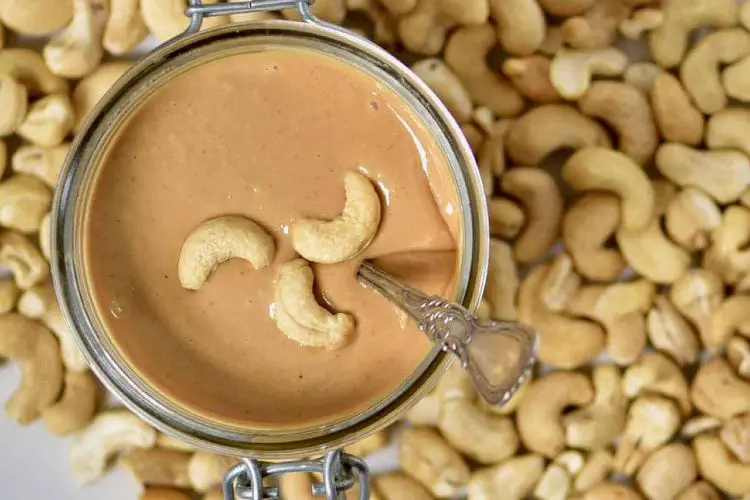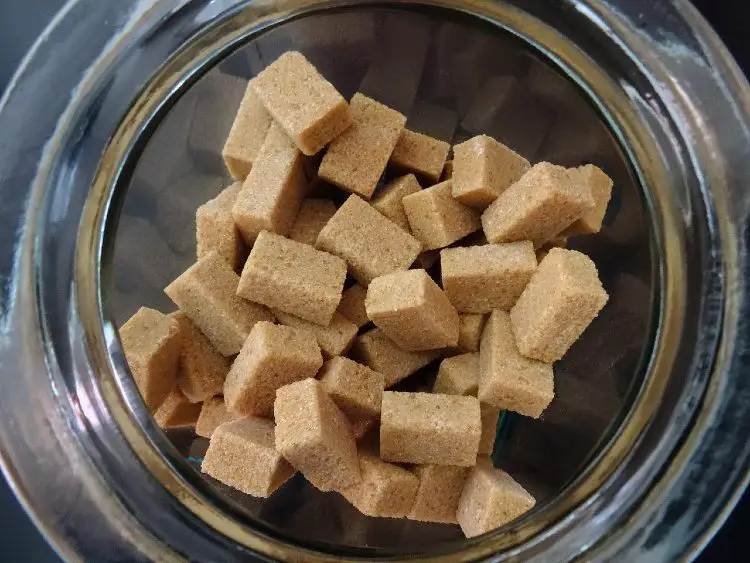A Weekend in Sagar, Madhya Pradesh
My intense feelings for India have definitely been born out of a close relationship with the food – whether it’s eating the incredible street food, developing new India-inspired recipes for Mint Newspaper readers, or simply experimenting in the kitchen with the extraordinary variety of ingredients available here.
I definitely feel the closest connection with the country which has been our home for over 5 years when someone invites me into the family kitchen. To have access to recipes passed down through generations, prepared with love and confidence is a great privilege. This is the food people crave when they’re away from home, made to comfort and reassure – food that is rarely found in restaurants or cookbooks. These recipes are among my most treasured – the culinary equivalent of making off with the family silver.
A couple of weeks ago I spent a wonderful long weekend in a town called Sagar, or Saugor, in Madhya Pradesh – the true heartland of India. I was visiting the family of my friend Nita, staying in the beautiful sixties’ house where she grew up (complete with Enid Blyton bedside reading). We were there for the annual memorial lecture in honour of Nita’s father but we also found plenty of time for sightseeing, eating and cooking.
I’m enormously grateful to Nita’s mum Meena, who, along with cooks Ram Naresh, Rajesh and Suman, put up with me clicking away and asking all sorts of daft questions.
Meena’s kitchen is a traditional vegetarian one where the flavours of the neighbouring states of Andhra Pradesh, Maharashtra and Gujarat all come together. It was a joy to watch the timeless rituals – pails of milk are brought in from the family’s dairy every morning, butter churning and yogurt making – to taste so many new dishes and learn enough to fill about 20 posts here.
Sagar itself was also a wonderful discovery – three hours’ drive south of Bhopal, it’s well and truly off the tourist track. A major university and army cantonment town, Sagar also was the exact centre of undivided India. The town now sprawls prettily around a lake fringed with temples. Some of the old town is so beautiful I wanted to rush around with a preservation order to stop the inevitable blight of new concrete monstrosities.
But, as always for me, the food was the main attraction. I met new ingredients (like chiraunji which tastes a little like pine nuts), learned new techniques and scribbled down so much I don’t really know when I’ll find the time to blog it all. I learned how to make two types of Laddoos, Besan and Semolina/Coconut, for which ordinary sugar has to have some of the moisture removed.
I ate sensational namkeen (fried snacks) made from sago as well as learning how to make Khasta Namkeen. I watched Meena make shrikhand and sampled some Gujarati delicacies brought by some other house guests, including a wonderfully addictive mango chutney and an unusual bread called Debra
But today I’m going to give you a dish that I’m already totally addicted to – Poha. This is a simple, soothing rice and pea dish softly spiced with green chillies and fresh coriander, then sent soaring with lemon and chutney
Poha is eaten (devoured in my case) with namkeen (as if I really needed any more opportunities to eat deep fried snacks!). As with most Indian home cooking, recipes for poha vary from family to family. This is Nita’s family recipe as made by Rajesh – many thanks to him for taking the time to explain everything so patiently.
PEA POHA
Serves 2
Ingredients
1/2 teaspoon brown mustard seeds
pinch hing (asafoetida)
1/2 teaspoon turmeric
2 small green chillies
1 onion, finely chopped
1/4 teaspoon red chilli powder
1 tablespoon finely chopped fresh coriander
1 katori (small metal bowl used for measuring – you could also use a cup measurement) of pressed rice (poha), rinsed
2 handfuls of fresh peas
juice of 1 small lemon (nimbu)
Method
- Heat a tablespoon of oil in a pan then add mustard seeds, hing, turmeric and whole green chillies. Stir for a moment or two. Add the onion and peas with a tablespoon of water then fry till the onions are starting to brown.
- Add the red chilli and salt and give everything a good stir.
- Add the rice and stir for a couple of minutes until the rice is cooked and starting to catch and brown on the bottom of the pan – the slight crustiness is delicious. Stir in the lemon juice and coriander, adding more of the flavourings to taste.
- Serve with namkeen and frothy coffee, some Gugarati Chunda chutney too if you can find it – heavenly.
I have a feeling Poha is well on its way to becoming one of my family favourites.
Contacts
To read Pamela Timm’s food blog visit: www.heatanddust.com
To follow Pamela on Twitter: @eatanddust.


